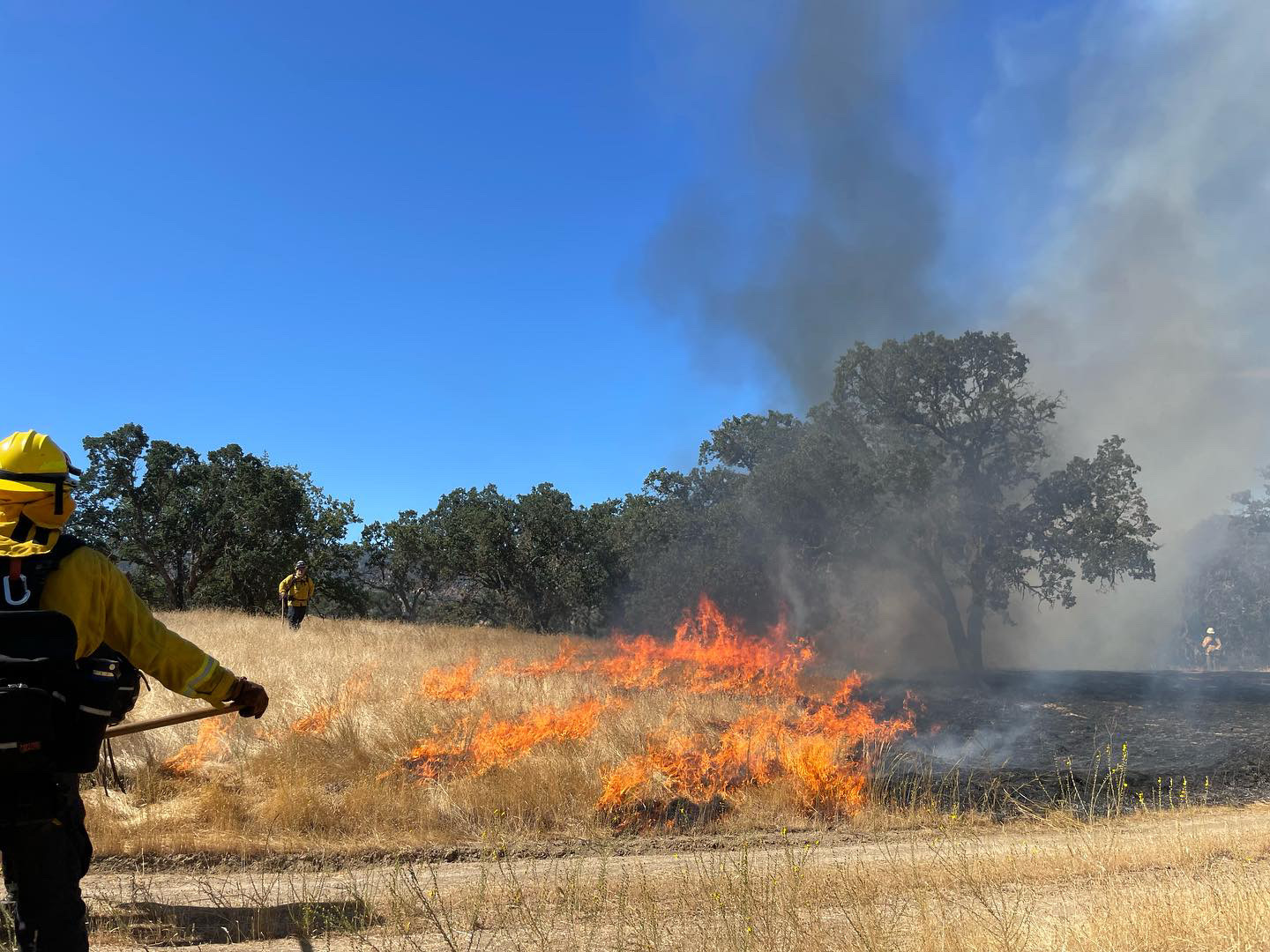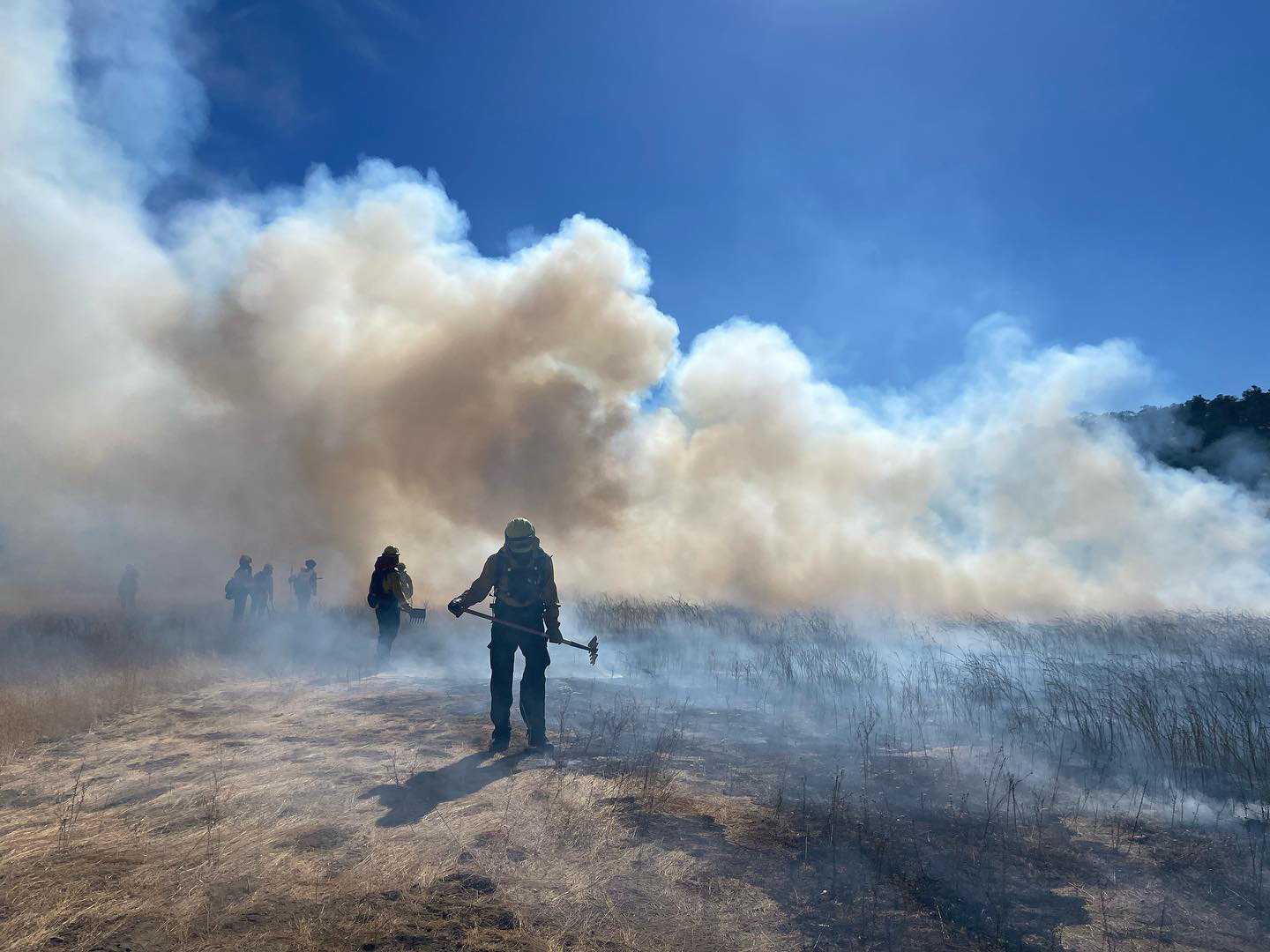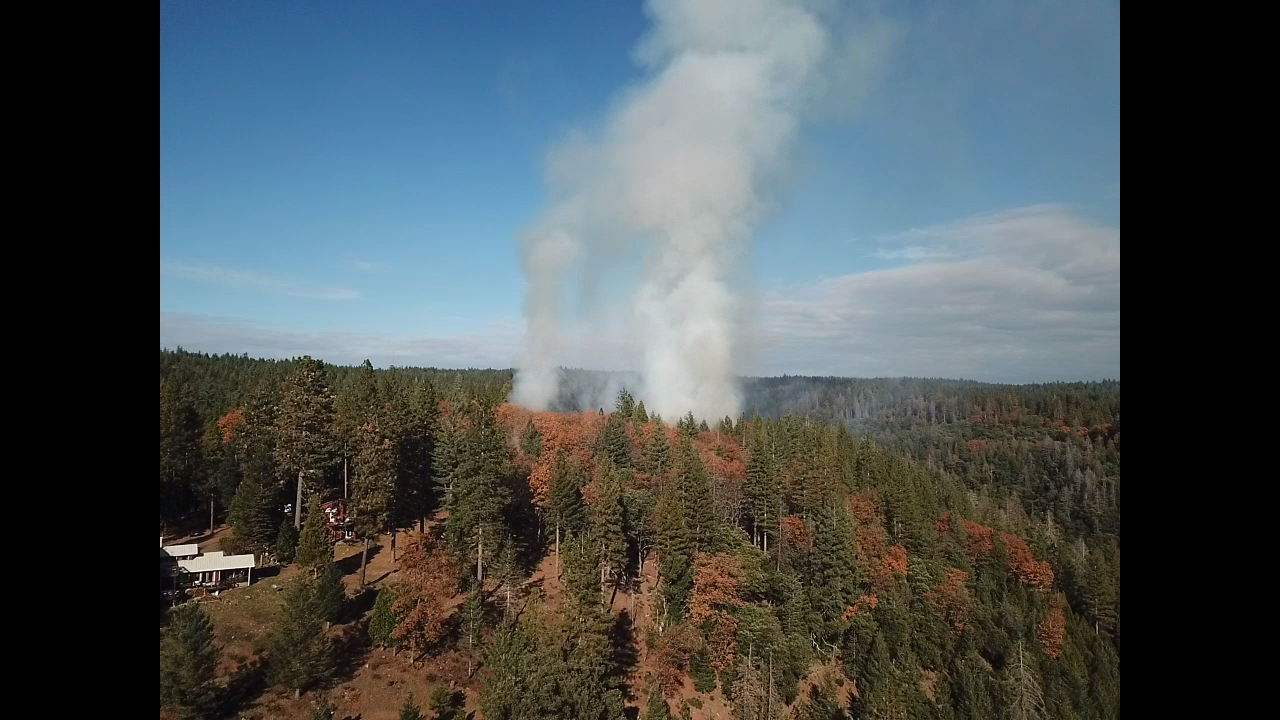Introduction:
In recent years, California has been no stranger to devastating wildfires, wreaking havoc on communities, ecosystems, and economies. In response to this escalating crisis, the Golden State has taken a bold step forward by implementing new laws that make prescribed fire more attainable. Recognizing the importance of proactive fire management, these legislative changes aim to enhance community safety, protect ecosystems, and reduce the severity of wildfires. In this blog post, we will explore the key elements of these new laws and their potential impact on California's wildfire management strategy.
The Evolution of Prescribed Fire Legislation:
-
Streamlined Permitting Process: One of the primary barriers to prescribed fire implementation has been the cumbersome permitting process. Recognizing the need for a more efficient system, California lawmakers have streamlined the permitting process for prescribed burns. This enables landowners and fire management agencies to obtain the necessary approvals more quickly, facilitating timely and effective prescribed fire operations.
-
Increased Funding and Resources: The new laws allocate additional funding and resources to support prescribed fire programs across the state. This financial boost enables fire management agencies to invest in training, equipment, and infrastructure necessary for successful prescribed burns. With increased resources, California is better equipped to expand its prescribed fire initiatives and engage more communities in proactive fire management.
-
Community Collaboration and Education: Another crucial aspect of the new legislation is a focus on community involvement and education. By fostering collaboration between fire management agencies and local communities, California aims to create a shared responsibility for wildfire prevention and mitigation. Educational programs on the benefits of prescribed fire and proper fire management practices empower residents to actively participate in creating fire-resilient communities.
-
Research and Monitoring Initiatives: California's commitment to improving wildfire management extends to research and monitoring initiatives. The new laws allocate resources for scientific studies to better understand the ecological effects of prescribed fire and refine the state's fire management strategies. This evidence-based approach ensures that prescribed fire practices are not only more attainable but also grounded in the latest research findings.
-
Flexible Burn Windows: Recognizing the importance of seizing optimal weather conditions for prescribed burns, the legislation introduces more flexibility in burn windows. This adjustment allows fire management agencies to conduct prescribed burns when weather conditions are most favorable, reducing the risk of escaped fires and enhancing the effectiveness of fuel reduction efforts.
Potential Benefits and Challenges:
Benefits:
- Proactive Wildfire Management: The new laws empower California to take a proactive approach to wildfire management, reducing the risk and severity of uncontrolled wildfires.
- Ecosystem Health: Prescribed fire plays a crucial role in maintaining healthy ecosystems. By making it more attainable, California aims to restore natural fire regimes and enhance biodiversity.
- Community Resilience: Engaging communities in prescribed fire programs and education efforts fosters resilience, as residents become partners in the collective effort to mitigate wildfire risks.
Challenges:
- Public Perception: Overcoming public skepticism or fear of prescribed fire remains a challenge. Effective communication and education efforts are vital to addressing these concerns.
- Resource Allocation: While increased funding is a positive step, ongoing commitment and strategic resource allocation are necessary for the sustained success of prescribed fire programs.
Conclusion:
California's progressive approach to prescribed fire legislation marks a significant stride toward a more resilient and fire-adapted landscape. By addressing key barriers and fostering collaboration, the state aims to harness the power of prescribed fire as a tool for wildfire prevention and ecosystem restoration. As these laws take root and communities actively participate in fire management, California is paving the way for a safer and more sustainable future in the face of escalating wildfire challenges.




